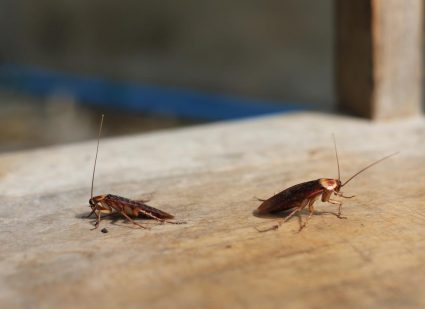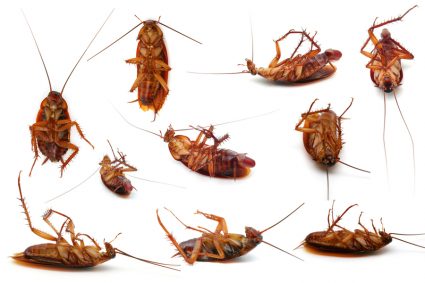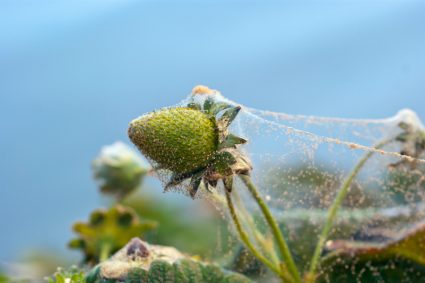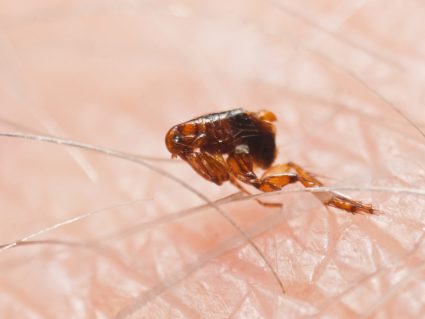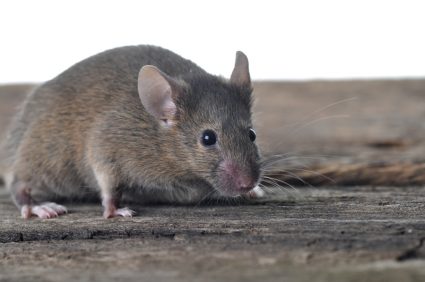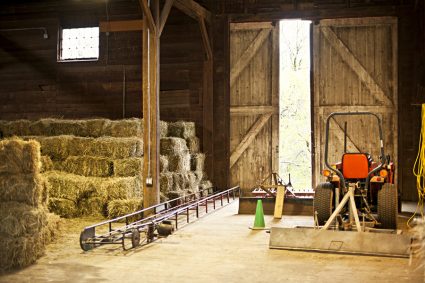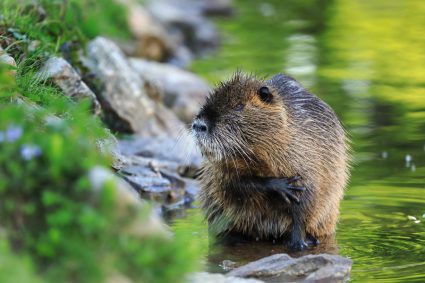
Spiders are among the most prevalent household pests, and while they are mostly harmless, some species can pose a risk to our little ones. In this comprehensive guide, we will explore what a spider bite looks like on a toddler, the symptoms to watch out for, and the necessary steps to take if you suspect your child has been bitten.
A spider bite on a toddler typically appears as a small bump on the skin, often accompanied by local pain, redness, and swelling, similar to a bee sting. It may also cause itching at the bite site. However, bites from venomous spiders like the black widow or brown recluse can cause more severe symptoms such as severe pain, cramping, weakness, or even nausea and vomiting. If you suspect a venomous spider has bitten your toddler, seek immediate medical attention.
Common Characteristics of a Spider Bite
Spider bites can often be mistaken for bites from other insects. In toddlers, common characteristics of a spider bite include:
- Local pain, redness, and swelling, akin to a bee sting reaction.
- Itching at the bite site.
- A small bump on the affected area.
However, the symptoms can vary depending on the type of spider involved. Most spider bites are harmless and cause only mild reactions. But bites from certain spiders, such as the black widow or brown recluse, can cause more severe symptoms. In such cases, you may observe:
- Severe pain or cramping.
- Weakness, shakiness, nausea, vomiting, sweating, and headache.
- Increasing redness, pain, swelling, warmth, or pus, indicating a possible infection.
Initial Symptoms of a Spider Bite
The initial symptoms of a spider bite on a toddler can appear at different times depending on the type of spider. For most common house spiders, symptoms are usually mild and can include redness, itchiness, pain, and a bump on the skin. Symptoms from venomous spiders like the brown recluse and black widow can be more severe and may include pain, swelling, and muscle cramps that develop within 30 minutes to 2 hours after the bite.
Potential Dangers or Complications
While most spider bites result in mild reactions, some can lead to serious illness or allergic reactions. Potential dangers or complications of a spider bite on a toddler include:
- Local pain, redness, and swelling at the bite site.
- Allergic reactions, which may cause facial or mouth swelling, trouble swallowing or speaking, difficulty breathing, and wheezing or chest tightness.
- Infections, indicated by increasing redness, pain, swelling, warmth, or pus at the bite site.
- Severe pain or cramping.
In rare cases, bites from black widows or brown recluses can be deadly, especially for children due to their small size.
How to Respond to a Spider Bite
If you suspect your toddler has been bitten by a spider, it is essential to take immediate action:
- Wash the area with soap and water.
- Apply an ice pack or a cool wet cloth on the bite area to relieve pain and swelling.
- Watch for redness, swelling, or other signs of the bite getting worse or infected.
- Call the doctor to make sure your child is up to date on their tetanus vaccine.
If you think your child might have been bitten by a brown recluse or black widow spider, seek medical attention immediately.
Preventive Measures
To protect toddlers from spider bites, parents can take several preventive measures, such as being cautious in areas where spiders are likely to be found, encouraging children to wear protective clothing, applying insect repellent, keeping tetanus shots up-to-date, using insecticides regularly, and maintaining cleanliness in the home.
By following these steps, parents can minimize the risk of spider bites and help ensure their toddlers’ safety.
Most Common Household Spiders
The most common spiders found in households include the American House Spider, Cellar Spiders, Harvestmen (Daddy Longlegs), Jumping Spiders, Funnel Weavers (Grass Spiders), Wolf Spiders, and Sac Spiders. Most of these spiders are harmless to humans but can still bite if they feel threatened.
In conclusion, while spider bites on toddlers can be concerning, most are harmless and cause only minor discomfort. However, it’s crucial to be aware of the symptoms of more dangerous spider bites and to seek immediate medical attention if these are observed. With the right knowledge and precautions, we can keep our little ones safe and sound.
Frequently Asked Questions
What is the immediate first aid for a spider bite?
The immediate first aid for a spider bite includes washing the area with soap and water, applying an ice pack or a cool wet cloth to relieve pain and swelling, and observing for worsening symptoms. If the bite is from a venomous spider, seek medical attention immediately.
How can I identify a venomous spider?
Venomous spiders like the black widow and brown recluse have distinct features. The black widow is black and shiny, with a red hourglass shape on its abdomen. The brown recluse is tan to dark brown and has a dark violin-shaped marking on its back.
Are all spiders venomous?
No, not all spiders are venomous. Most spiders are harmless to humans and only bite when they feel threatened.
How long does it take for spider bite symptoms to appear?
The timing of symptoms can vary depending on the type of spider. For most common house spiders, symptoms are usually mild and can appear soon after the bite. Symptoms from venomous spiders like the brown recluse and black widow can be more severe and may appear within 30 minutes to 2 hours after the bite.
Can a spider bite cause an allergic reaction?
Yes, in rare cases, a spider bite can cause an allergic reaction. Symptoms can include facial or mouth swelling, trouble swallowing or speaking, difficulty breathing, and wheezing or chest tightness. If you observe any of these symptoms, seek medical attention immediately.

